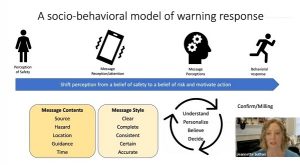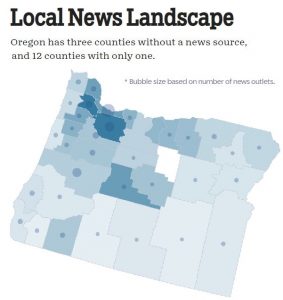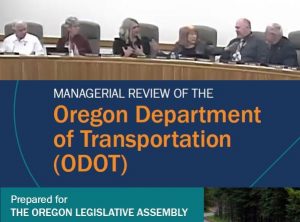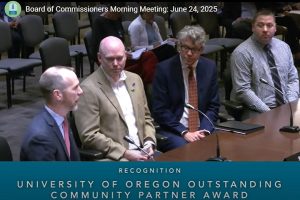Moderate affirmative action opinion still allows thoughtful program design
4 min read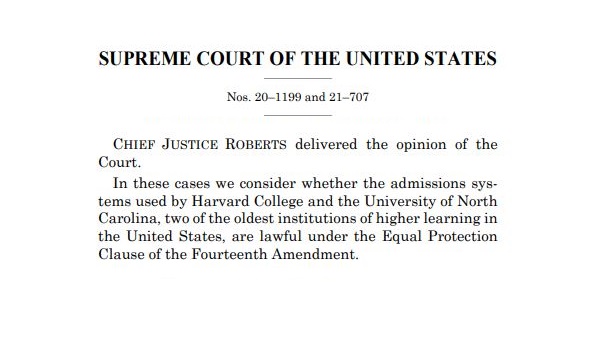
by Marty Wilde
The June 29, 2023 Supreme Court decision on affirmative action in college admissions does not eliminate race-conscious policies. Instead, it does require universities and likely other entities to be more thoughtful in their diversity policies and program design, rather than applying a blanket preference.
This mirrors the public’s discomfort with blanket race-based preferences, as well as the reality that racism remains a significant issue.
A (partially) self-inflicted problem. Harvard admissions would naturally be more diverse, but for a major category of non-diverse admissions – legacies. Legacies are more than five times more likely to be accepted at Harvard and are disproportionately white. Why does Harvard do this? In a word – money. Legacy admissions drive donations by wealthy alumni. Harvard’s endowment is the largest in the world, exceeding $50 billion. The endowment routinely contributes over 1/3 of Harvard’s annual operating budget. Annual earnings sometimes exceed the total annual budget. Harvard wanted to use a racial preference to offset a biased policy that allows it to raise more money for the endowment. Colleges with legacy programs will likely have to work harder to offset that non-diverse recruiting pool by reaching out more directly to a different, more diverse, group.
Past discrimination versus diversity. Like virtually all U.S. institutions, Harvard historically discriminated in admissions. Nevertheless, its policy was specifically designed to meet diversity goals, NOT to address that history. The Supreme Court’s majority opinion leaves open the door to policies designed to address past discrimination. The problem is that few institutions want to admit that they have a history of discrimination. Harvard probably could implement a policy that gave a preference for descendants of enslaved people, which would certainly have a positive impact on racial diversity, but it chose a direct racial preference instead. That’s what the Supreme Court struck down.
This history matters. I once gave a lengthy floor speech to support a program to address lower rates of homeownership by minorities on the floor of the House in my last session, ensuring that the record of past discrimination would be available to the courts when reviewing the program. In its opinion, the Supreme Court essentially says that the “everybody knows” justification that racism exists will not be adequate – remedial programs have to say why they are necessary to support a compelling interest and tailor the remedial measure to narrowly address the problem.
Program design matters. Institutions can often best meet diversity goals by designing programs to reach the target populations where they are. As any human resources manager will tell you, any institution that relies on unsolicited applications only will likely see their current population characteristics continue indefinitely. For instance, Harvard would have a more diverse applicant pool if it spent significant resources reaching out to students in diverse high schools.
To give an example from the business world, an engineering firm that wanted a more diverse workforce could recruit from historically Black colleges and universities (HBCUs). In the Legislature, we started putting language in our bills establishing pandemic assistance programs that ensured the companies implementing those programs reached out to communities that traditionally had less access to government assistance. This ensured equal access without writing a racial preference into the law.
In conservative Texas, the legislature accomplished substantially more diversity in the University of Texas system by guaranteeing admission to a set percentage of the top high school graduates in the state. The University of California-Davis Medical School achieved some of the best diversity numbers in the nation by using a “socioeconomic disadvantage scale” that combines parental income and education. Good program design can achieve a diverse outcome.
The public does not support race-based preferences. In recent polls, over 60% of respondents oppose direct racial preferences. Recall that affirmative action in public universities was rejected by a vote of the people in California, one of the most liberal states in the country. On the other hand, strong majorities feel that racial and gender diversity are important and that employers should promote them. The public wants diverse institutions, just without explicit preferences.
Court-watchers commented on the spicy back-and-forth between the Supreme Court justices on the impact of racism in society when the court issued its decision. However, that rare moment of interesting debate did not reflect the overall moderate tone of the decision.
The decision leaves the door open for specific remedial measures to address a stated history of past discrimination, for consideration of the impacts of discrimination when brought up by the applicant, and for programs designed to reach a more diverse population. Does this make diversity more difficult to achieve? Yes, but it also reflects the values of a society uncomfortable with explicit racial preferences. We can still address and confront the history of racism in our institutions and achieve diversity through thoughtful program design.
If you’d like to weigh in, consider contacting the board of any of the seven four-year public colleges in Oregon to give your opinion:
- University of Oregon (Eugene)
- Oregon State University (Corvallis)
- Portland State University (Portland)
- Oregon Tech (Klamath Falls)
- Southern Oregon University (Ashland)
- Eastern Oregon University (La Grande)
- Western Oregon University (Monmouth)
Read more of Marty Wilde’s “Letters From a Recovering Politician” at https://martywilde.substack.com/.
